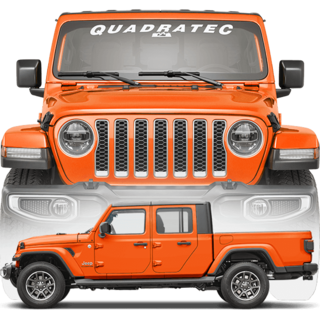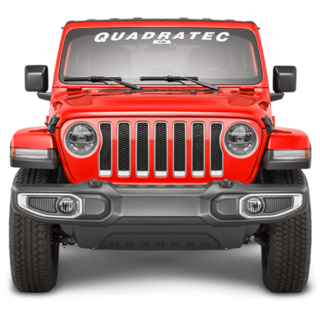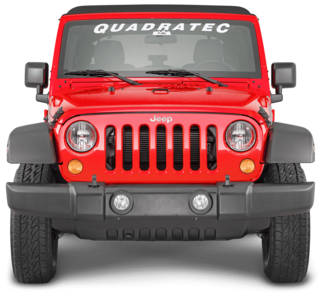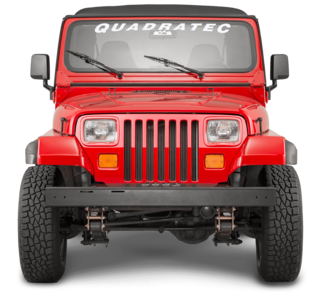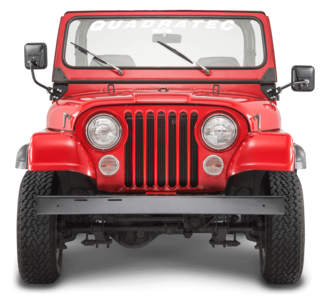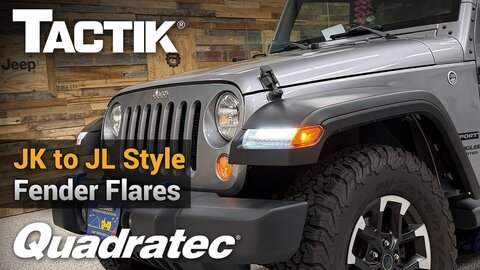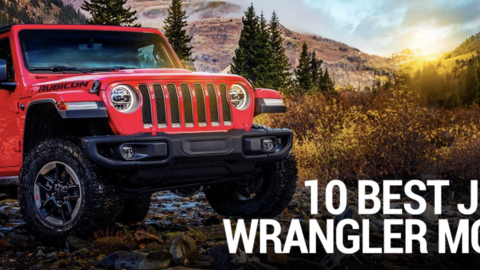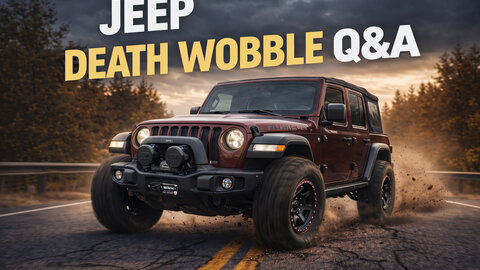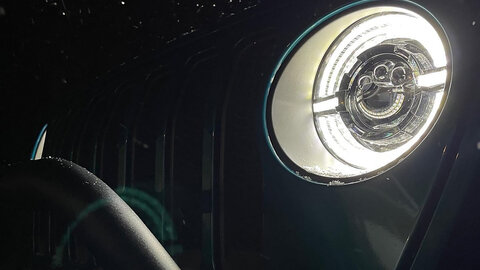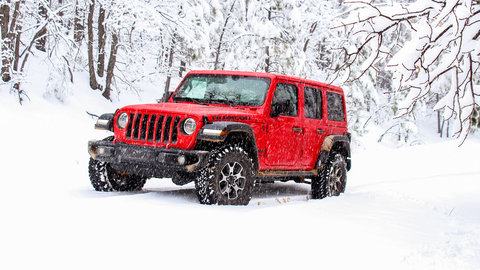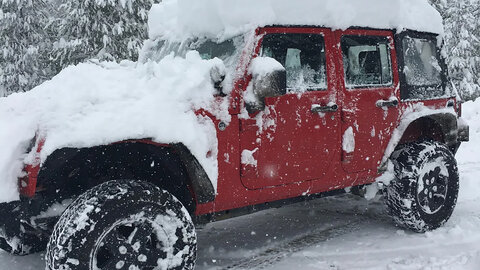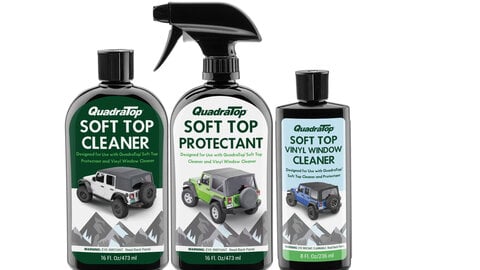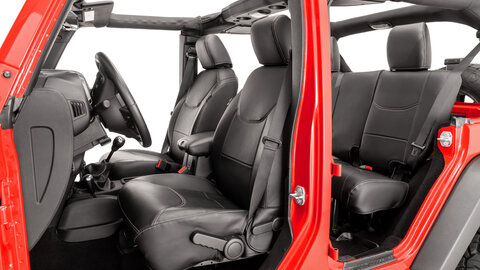by Matt Konkle
Managing Editor
Fender flares aren’t just another bolt-on accessory for your Jeep; they are a part of its armor. They shield paint from rocks, mud, and trail debris, while also keeping you street legal in most areas when you are running bigger tires. Whether you’re tackling rocky terrain, powering through mud, or just keeping your daily driver clean, the right fender flares can save you costly repairs and give your Jeep a specialized look.
With so many flare options available these days, such as Original Equipment (OEM) vs aftermarket, plastic vs metal, pocket-style vs flat, it’s no surprise Jeep owners ask tons of questions before making a choice. That’s why we’ve gathered the most common fender flare questions and answered them clearly, with practical, trail-tested advice.
What size fender flares do I need for my Jeep Wrangler?
It seems like an easy question, right? But there are numerous variables. The right fender flare size can depend on a Jeep’s tire size, as well as suspension lift amount and tire offset/backspacing. It may also vary by flare type – such as flat, pocket, high clearance, or extended.
For those looking to replace flares on their stock vehicle, OEM-style flares make a solid and affordable replacement. Moving up to vehicles with a mild (up to 2.5-inch) lift, flares that offer 2- to 3-inch wider coverage are usually sufficient. Anyone running a 35- to 37-inch lift may find flares that are 4- to 6-inch wider will work.
But again, flat flares or high clearance versions also provide that extra room (especially for those with lower offset wheels) and generally run about 1- to 3-inches over stock. These style flares are suitable for up to 37-inch tires and are widely popular among those with newer JL Wranglers and JT Gladiators. Additionally, you should always check your state and local regulations regarding fender flare coverage to ensure you remain legal when operating your Jeep.
Here are some key considerations regardless of what year Wrangler you drive:
Wheel Backspacing/Offset: This is critical. Wheels with less backspacing (or more negative offset) push the tires further out, increasing the likelihood of needing wider flares for coverage and to prevent rubbing on suspension components.
Tire Tread Width: The actual width of your tire's tread (for example, 12.5 inches vs. 13.5 inches) will heavily influence the required flare width for coverage.
Off-Road Use: If you plan on significant off-roading and need full tire articulation, you'll need more vertical clearance (often achieved with flat/high-clearance fenders) to prevent tires from hitting the fenders.
Local Laws: Many states/countries have laws requiring tires to be fully covered by fenders. Be aware of your local regulations.
Aesthetics: The ‘look’ you want plays a big role. Some prefer a tucked-in look, while others want a very wide stance.
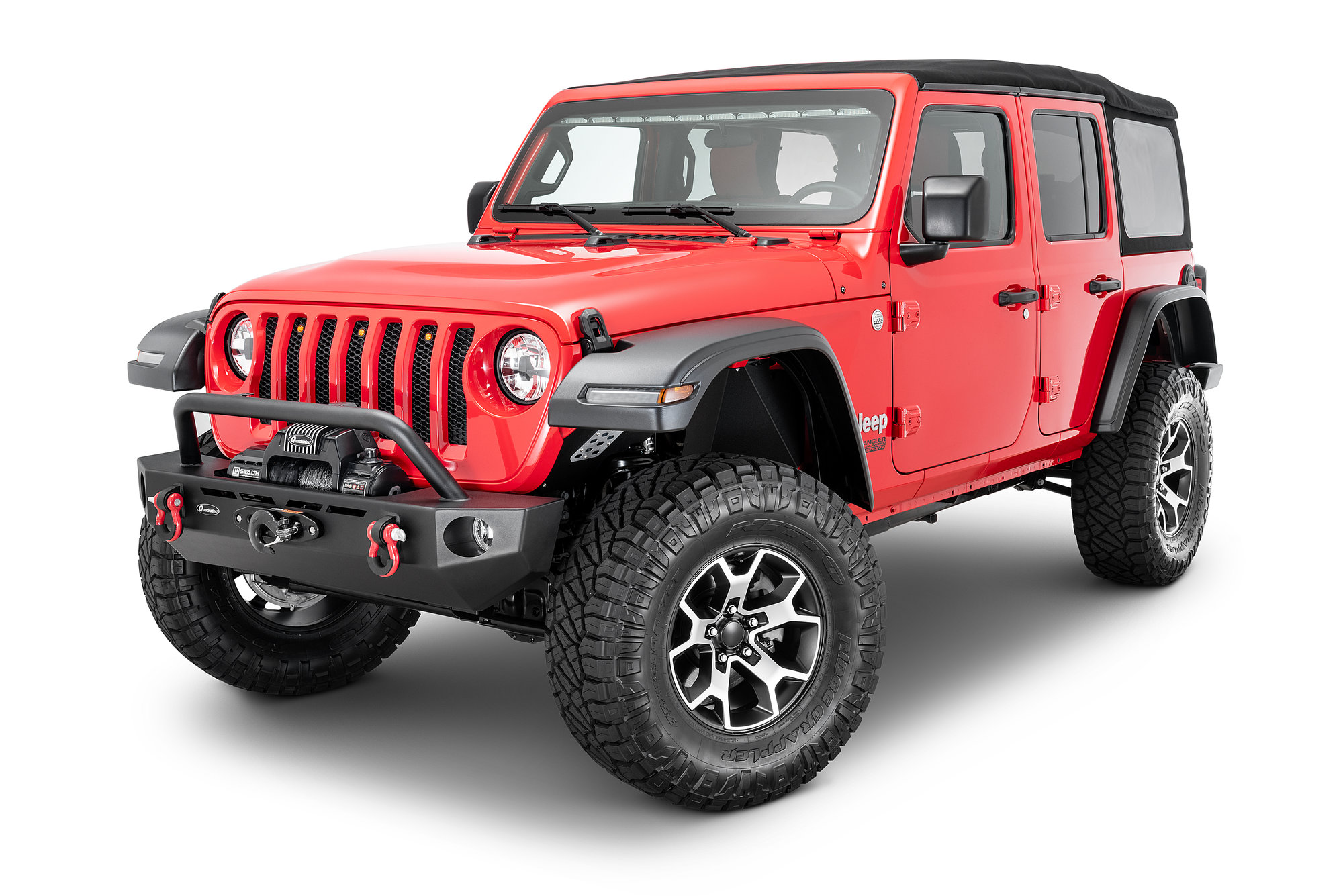
Are plastic or metal fender flares better?
Well, both styles have their advantages. However, plastic flares can be much more forgiving against heavier off-road impacts because they won’t get pushed into the body. Plus, they are lightweight, flexible, easier to install and generally less expensive than metal.
Conversely, metal flares can save the body from damage against more moderate impacts. They are also more durable for the everyday driver, though they are heavier, may require some reinforcement and normally require more effort to install.
How do I install Jeep fender flares?
Most flare installs are DIY-friendly with basic shop tools, and the product itself should have installation instructions. Generally speaking, the first step is to verify you have all the necessary parts and hardware to mount the new flares. Next, removing the current flares usually involves taking both the flare and inner liner off the vehicle after popping out the factory retainers or torx bolts (may vary by year and style of flare). Additionally, you will likely need to disconnect the lighting harness when installing the front flares.
After the old flares have been removed, clean the mounting surface of any remaining debris and then test fit the new flares and hardware. Most should bolt right up to the factory mounts, but some may require pop rivets or additional mounting brackets.
Once everything is in place and installed, always remember to double-check the alignment and tightness.
Do fender flares affect a Jeep’s performance?
No, at least not significantly. Larger flares or metal versions can add some weight, but the impact on handling is minimal. In fact, many flares actually increase performance by allowing for more tire articulation.
What tools or accessories do I need to install fender flares?
Common shop tools for fender flare installation include protective gloves, clear glasses, screwdriver, torx ratchet and sockets, pry tool, open-ended wrenches and cleaning supplies. Depending on the style, you may also need a pop rivet tool and a drill if the new flares require additional mounting holes.
Can I install fender flares myself?
Absolutely. Just about anyone can install fender flares with basic tools and a bit of patience. Follow the manufacturer’s instructions, ensure proper alignment and always recheck all connections.
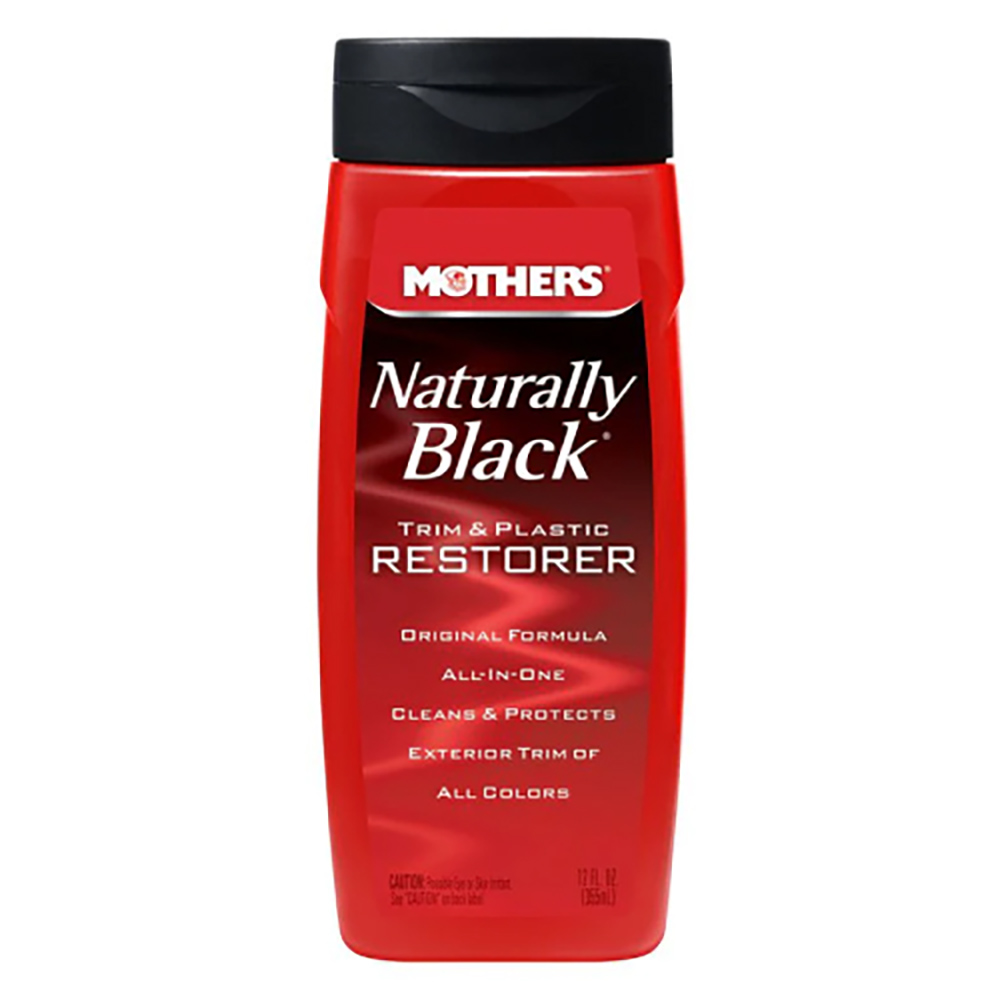
How do I maintain Jeep fender flares?
This is always a top question from those who purchase new flares because, over the years, the sun’s UV rays may cause discoloration, while harsher weather conditions could cause cracks and scratches. More aggressive off-roading may also lead to flare damage from impacts with rocks or trees.
So, for plastic flares, clean mud or grime off with mild soap and water. Invest in a good automotive detailing protectant to ensure those flares don’t become brittle and crack. And purchase some ‘Back to Black’ trim cleaner you can apply to the flares once or twice a season so they remain looking showroom new.
Metal flares require a bit more inspection so dings or scratches don’t begin rusting (depending on your region). Touch up any scratches and apply those cleaners when needed, and be vigilant in checking hardware and flare tightness.
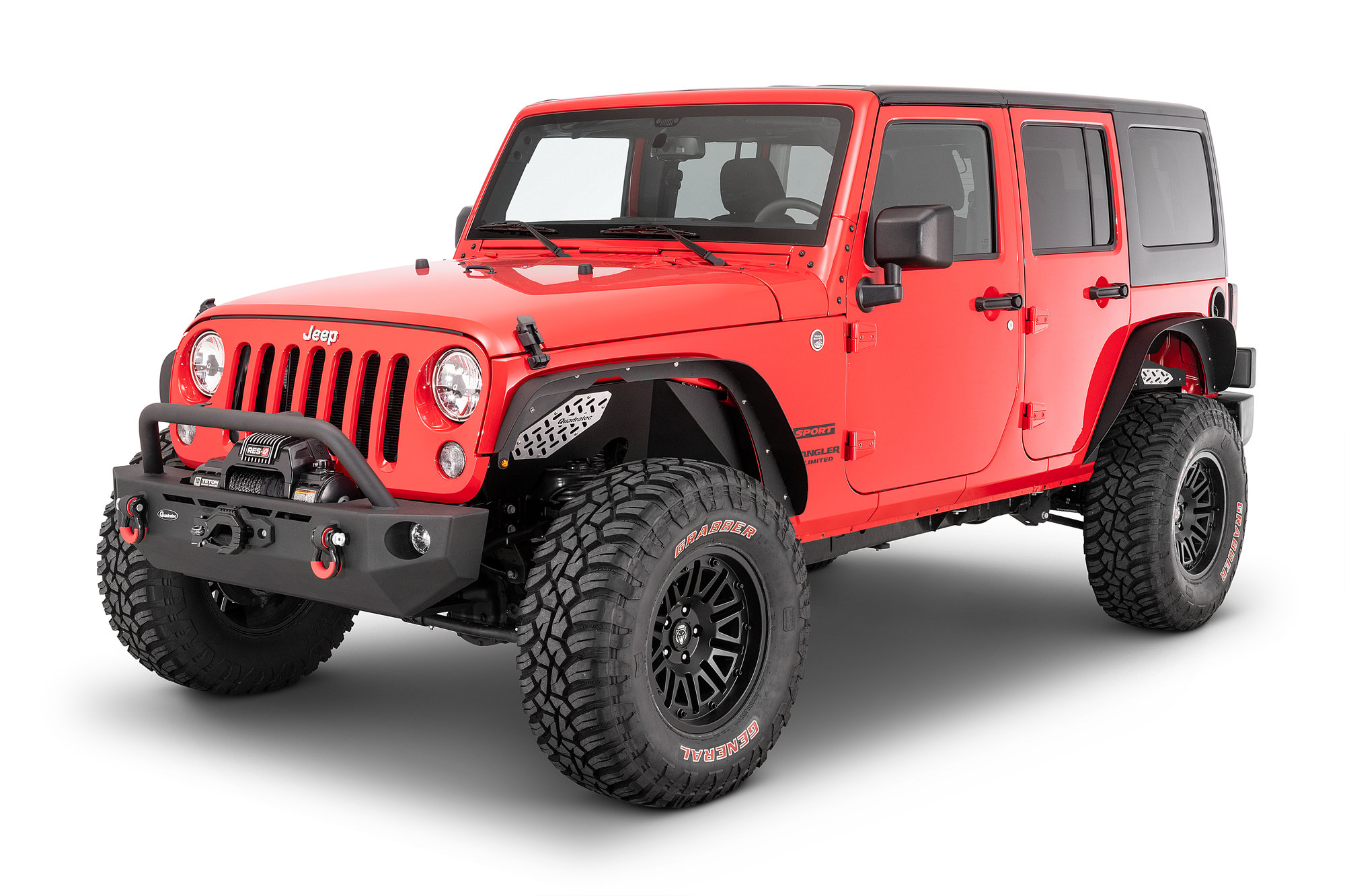
Pocket-style vs flat fender flares: what’s the difference?
Pocket-style fender flares provide a more rugged, bolted-on look with visible rivets, and are great for aggressive builds and maximum coverage.
Flat style flares offer a sleeker, low-profile design that increases tire clearance without adding much of a wider look. Many like this design for its modern, streamlined appearance.
Should I buy OEM or aftermarket fender flares?
There is nothing wrong with going either direction. However, your Jeep's tire and lift size, as well as wheel backspacing, will be the key factor. OEM flares for stock vehicles or those with smaller lifts provide the comfort of a factory product and a familiar fit.
For many others who have done more involved modifications of their vehicles, aftermarket flares offer more styles, widths, materials, and price points, with options for bigger tires and lifts.
Are fender flares really necessary?
While fender flares are a factory-provided part, they may not be necessary in your location. Or if the vehicle is strictly an off-roader.
However, most states do require flares simply because they offer protection from mud, rocks and road debris — not only for your Jeep, but for other drivers on the road. Plus, when paired with bumpers and other side protection, it gives the Jeep a strong, rugged appearance.
Related Articles:
What Are The Differences In Jeep Fender Flares?

